When a Linux user types any command into the bash prompt, the terminal usually prints the output of the invoked command so you can read it straight away. However, bash also permits you to “redirect” or save any command’s output in the system.
This article will discuss three different procedures of redirecting the output of the top command to any file.
Method 1: Single File Output Redirection
For utilizing the redirection of bash, execute any script, then define the > or >> operator followed by the file path to which the output should be redirected.
- “>>” operator is used for utilizing the command’s output to a file, including the output to the file’s current contents.
- “>” operator is used to redirect the command’s output to a single file and replace the file’s current content.
We can say that technically, this is a file redirection of “stdout,” which is the normal display. Now, we will execute the sample example. The “ls” command displays the content of the current directory’s folders and files after its execution.
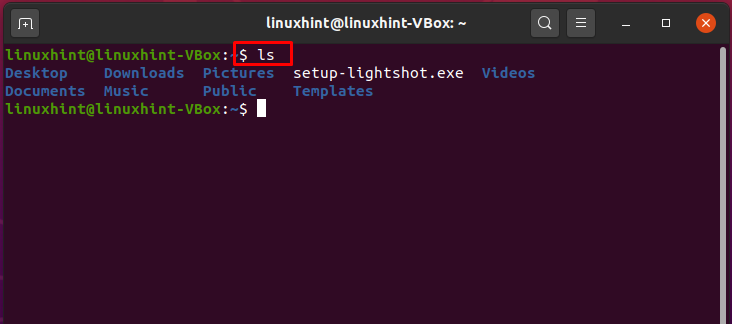
However, this command will save the output to the specified file in the following example rather than printing it to the terminal.
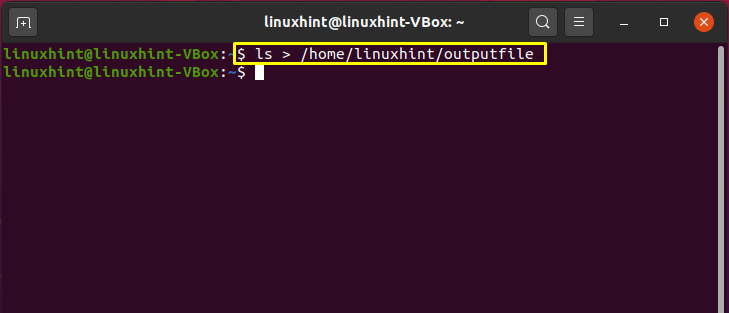
Utilize the given command syntax for checking the content of the file.
Now, write out the below-given command for printing the content of the “output file” in the terminal.
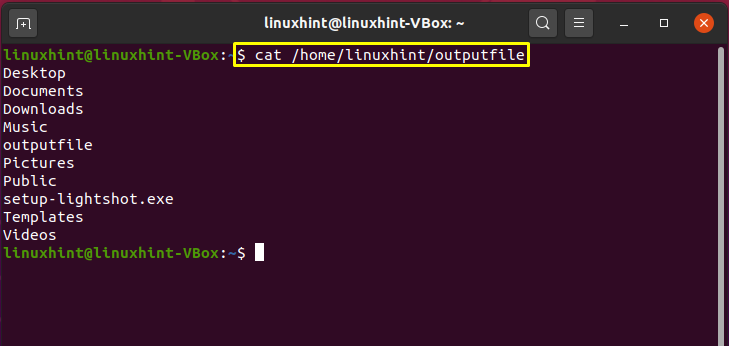
The operator “>” overwrites the file content with the command execution output. Instead, you can use the “>>” operator for saving the multiple commands output in a single file. For instance, the execution of the given command will add the system information to the specific file.
$ cat /home/linuxhint/outputfile
Method 2: Redirecting terminal output to a single file
Didn’t like the idea of using the”>” or “>>” operator for redirecting output? Don’t worry! The tee command is here to rescue you.
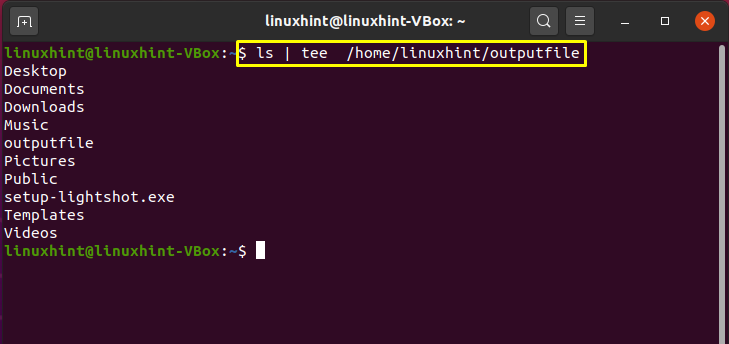
The below-given tee command will overwrite the file content with the command’s output similar to the “>” operator.
Method 3: The top command
System administrators also use the Linux top command to view real-time system statistics such as load average, system uptime, running tasks, used memory, specific information about each running process, and a summary of threads or processes. By utilizing the -b flag, this command helps to get the information about the currently executing processes in the system. The top command will permit the top to function in batch mode and the -n flag to determine the number of iterations the command should take as output.
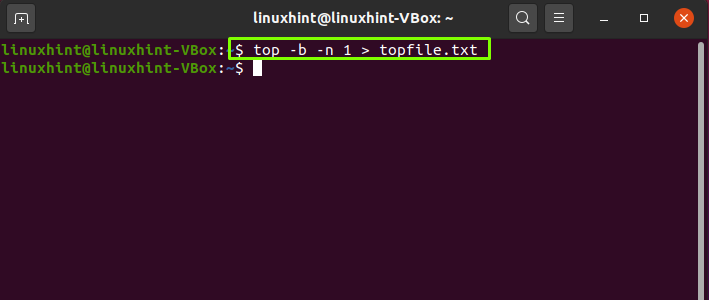
All of the output resulting from the top command’s execution will be redirected to the specified file. Now, write out the “less” command for checking the content of the file.
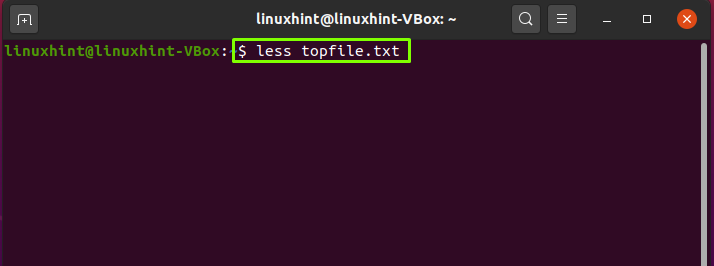
The -n flag will send the single snapshot of executed command to the specified file. To retrieve only the first iteration, specify the “1” after the “-n” flag.
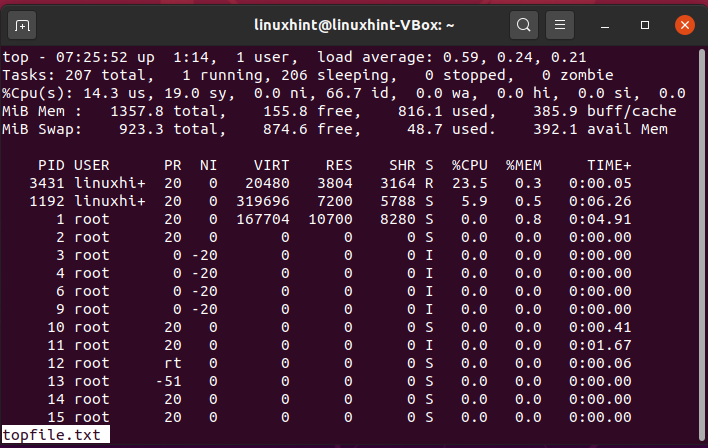
Utilize the “cat” command for viewing the running tasks information.
Conclusion:
In Linux, for redirecting output to a file, utilize the ”>” and ”>>” redirection operators or the top command. Redirection allows you to save or redirect the output of a command in another file on your system. You can use it to save the outputs and use them later for different purposes.
from Linux Hint https://ift.tt/2StyG24



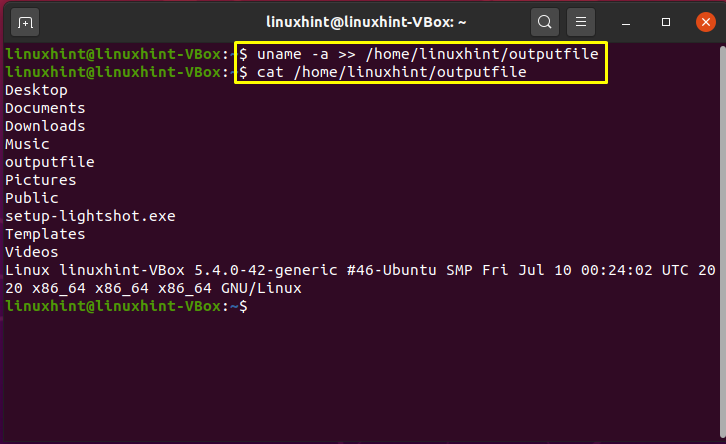
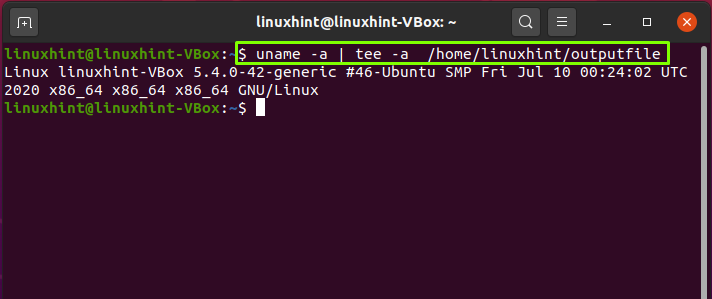


0 Comments